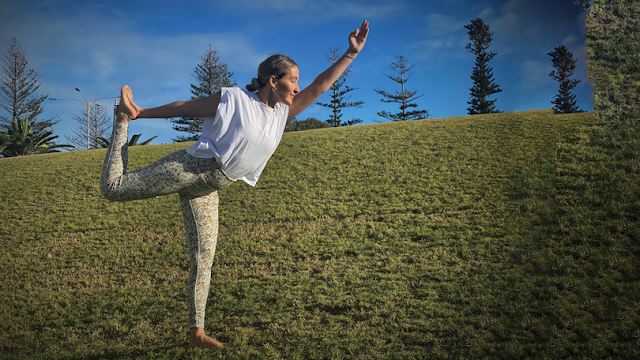International Yoga Day: Embracing the Power of Yoga for Older Adults
Introduction
Every year on June 21st, the world comes together to celebrate International Yoga Day—a day dedicated to honoring the ancient practice of yoga and its countless benefits. While yoga is often associated with youthful flexibility and energy, it holds unique and profound value for older adults. With gentle movements, deep breathing, and mindful awareness, yoga offers seniors a holistic path to improved health, reduced stress, and overall well-being.
Why Yoga Is Important for Older Adults
As we age, our bodies naturally undergo changes—muscle mass declines, joints may stiffen, and balance can become more challenging. Yoga provides a gentle and effective way to address these changes. It's not about achieving difficult poses; rather, it’s about staying active, mobile, and mentally calm.
Here’s how yoga supports healthy aging:
1. Improves Flexibility and Joint Health
One of the biggest advantages of practicing yoga is increased flexibility. Aging often leads to stiffness in the joints and muscles, making everyday tasks harder. Gentle stretching in yoga helps maintain or even restore flexibility and joint mobility, easing discomfort and reducing the risk of falls and injuries.
2. Enhances Balance and Stability
Falls are a leading cause of injury in older adults. Yoga incorporates poses that strengthen the core, improve coordination, and enhance overall balance. Regular practice can help older people feel more stable and confident on their feet, greatly reducing the likelihood of falls.
3. Boosts Mental Health and Reduces Stress
Yoga is not just a physical practice—it includes deep breathing, meditation, and mindfulness, all of which promote mental calmness. Seniors often face stress related to health issues, loneliness, or life transitions. Yoga provides a soothing routine that reduces anxiety, improves mood, and supports better sleep.
4. Encourages Social Interaction
Group yoga classes offer a sense of community and belonging. For seniors, especially those who may live alone or are retired, joining a yoga class with STAR Capital we provides a valuable opportunity to connect with others, form friendships, and stay socially active.
5. Aids in Managing Chronic Conditions
Research has shown that yoga can help manage a variety of age-related health conditions, including arthritis, high blood pressure, diabetes, and heart disease. The gentle, low-impact nature of yoga makes it an ideal exercise option for individuals managing chronic illnesses.
Tips for Seniors Starting Yoga
Start Slow: Choose beginner or chair yoga classes that are designed specifically for seniors.
Listen to Your Body: Avoid pushing into discomfort. Modify poses to suit your body’s needs.
Use Props: Blocks, straps, and chairs can offer added support and comfort.
Consult Your Doctor: Before beginning any new exercise routine, it’s wise to consult your healthcare provider.
Conclusion
On this International Yoga Day, let’s recognize that yoga truly is for every body—regardless of age. For older adults, it provides a path to greater independence, improved physical health, and deeper emotional peace. By embracing yoga, seniors can continue to live with vitality, purpose, and joy.
So roll out that yoga mat, take a deep breath, and begin your journey toward graceful aging—one pose at a time.




Comments
Post a Comment